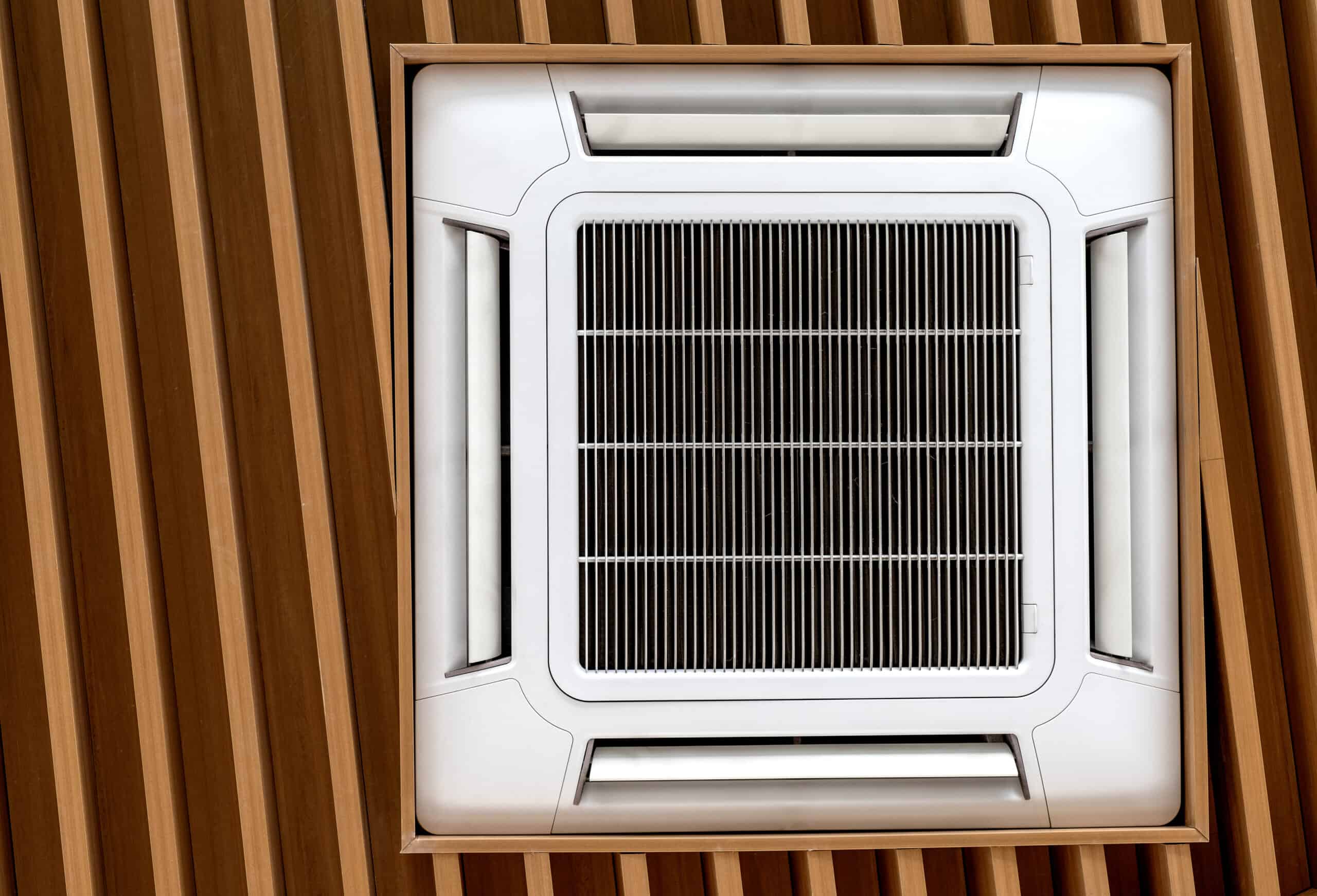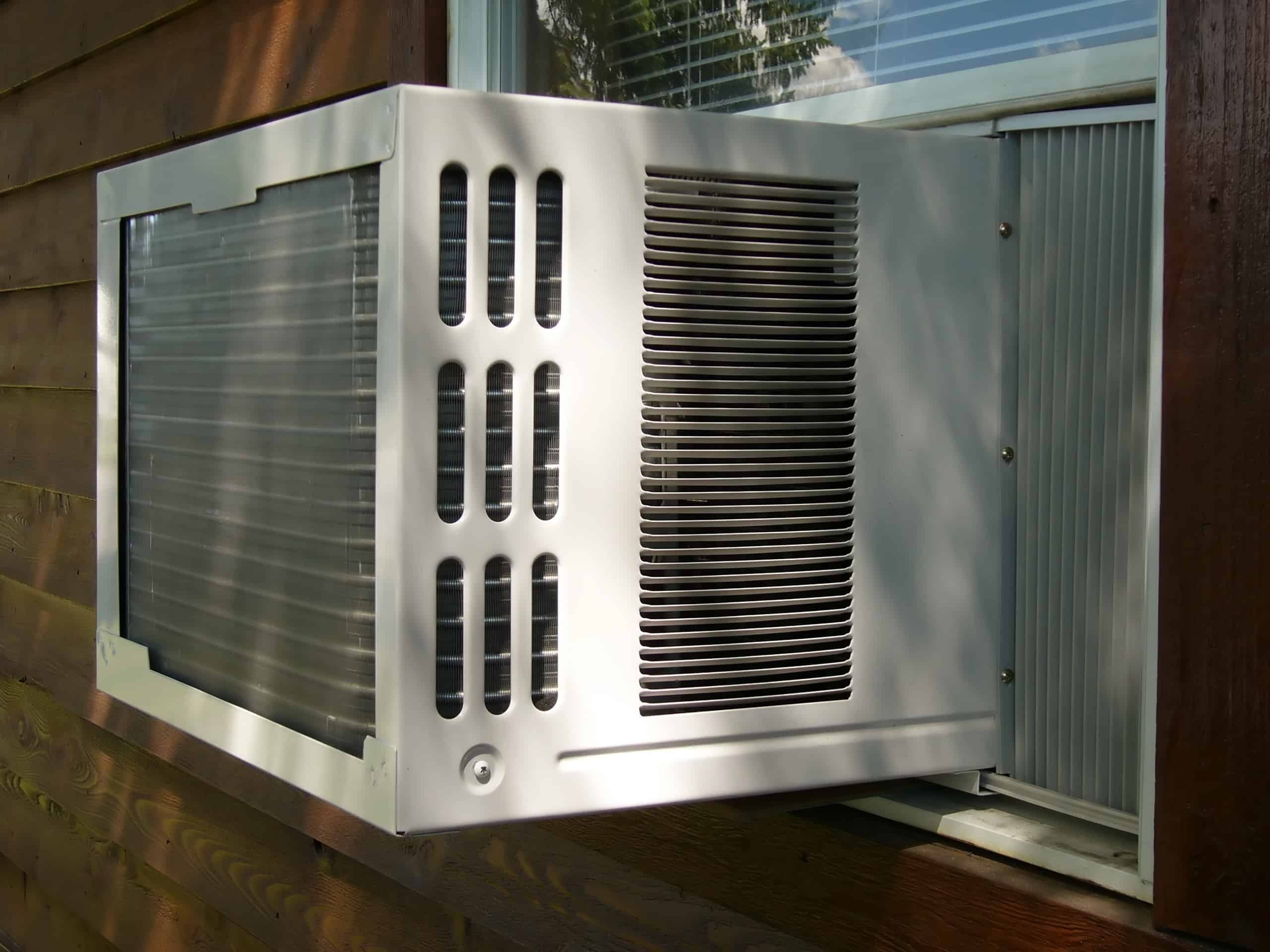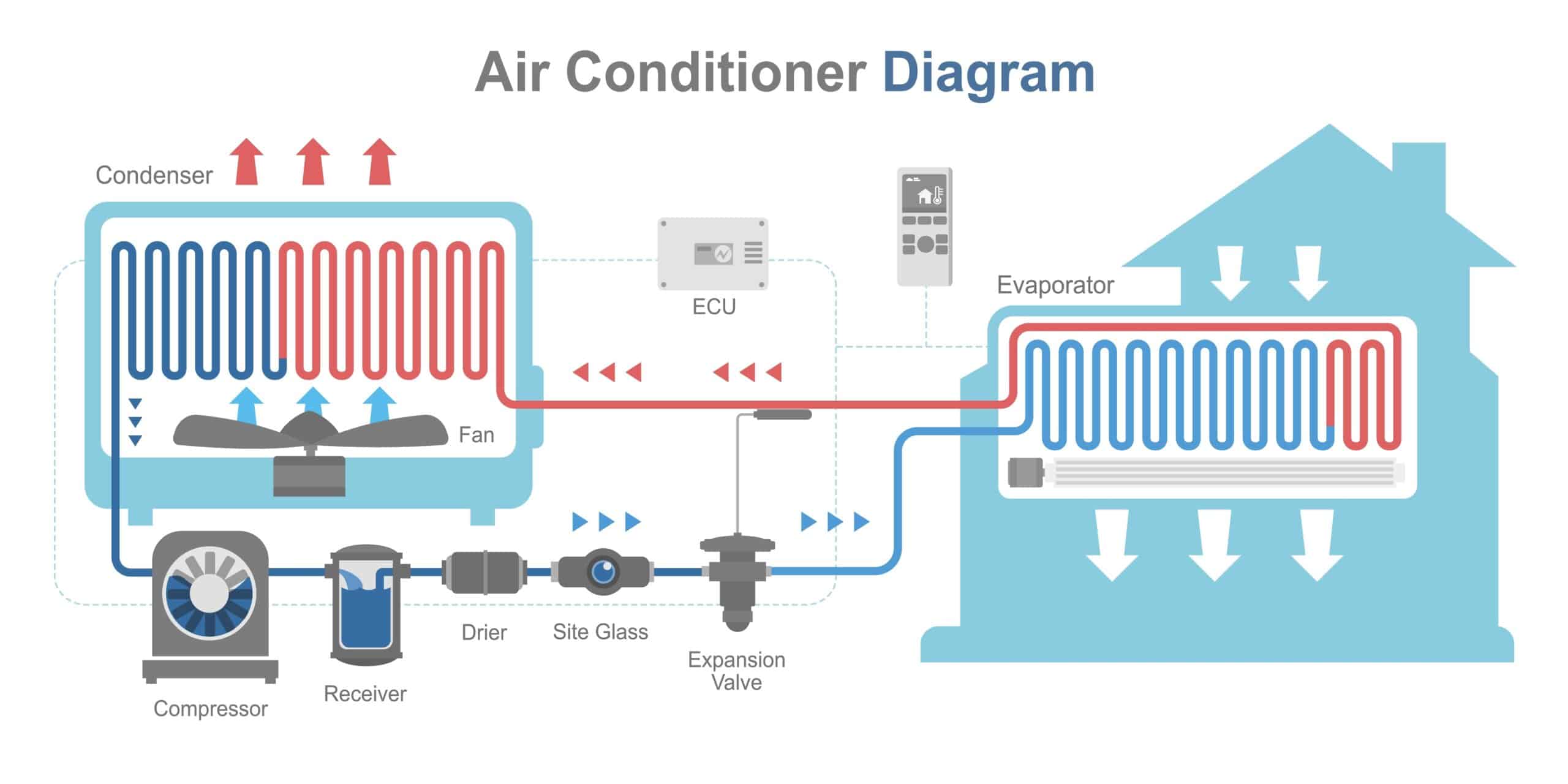How Does an Air Conditioner Actually Work?
04/04/23
Whether you’re a fan of Ohio summers or not, it’s undeniable that air conditioners are a lifesaver during long, hot days. But how exactly do these cooling devices work?
Below, we’ll review the history behind air conditioners and explain everything you need to know about how they work and how to get more efficient use from them.
Air Conditioner Background History
Air conditioners date back to the late 19th century when a variety of systems were used to cool buildings. One early system was patented in 1902 by a man named Willis Carrier, who is considered the “father” of air conditioning. His invention cooled and dehumidified air for industrial processes and passed warm air over cold pipes containing refrigerant.
Types Different of Air Conditioner Units
Central Air Conditioners
Central air conditioners are the most common type used today. They use a single outdoor unit connected to an indoor furnace and duct system and are the go-to choice when constructing new homes with an efficient cooling system.
Cassette Air Conditioners
Cassette air conditioners are often called “ceiling-mounted” or “recessed” units because they are installed in the ceiling and offer a more discreet look. They usually have several fan speeds, allowing for more precise temperature control and circulating air through small grille openings in the ceiling.
Ductless Mini-Split Air Conditioners
Ductless mini-split air conditioners are a type of unit that is more efficient than traditional window units. The condenser and evaporator are split, meaning the outdoor condensing unit is connected to one or multiple indoor evaporators via refrigerant lines. This way, you can adjust temperatures in different rooms or areas since each area has its own thermostat.
Commercial Air Conditioners
Commercial air conditioners are designed for larger buildings and commercial spaces that require more powerful cooling systems, such as movie theaters, restaurants, gyms, retail stores, and office buildings. These units can be central split systems or self-contained rooftop systems.
Window Air Conditioners
As the name suggests, window air conditioners are self-contained units installed in a window or wall opening. These are the most basic type of air conditioners and can cool smaller areas – such as single rooms or smaller apartments. They are also relatively inexpensive compared to larger cooling systems and can be a great solution if you’re on a budget.
Split Air Conditioners
Split air conditioners are two-part systems, with one part located outside and another inside. The indoor unit contains an evaporator coil that absorbs heat from the room, while the outdoor unit houses a condenser that releases heat from the evaporator coil into the atmosphere. Split systems are ideal for larger homes or offices since they can cool multiple areas simultaneously.
Air Conditioner Parts
Although there are a variety of different types of air conditioners, many of them share the same core components. These include an evaporator, compressor, condenser, and expansion valve
Evaporator Coil
The evaporator coil is a component of the indoor unit responsible for absorbing heat inside the room. It consists of a series of tubes filled with refrigerant that absorbs heat when air passes over it.
Compressor
The compressor is a part of the outdoor unit and is responsible for pumping refrigerant to the evaporator coil. It creates pressure on the refrigerant, which causes it to heat up and turn into a gas.
Evaporator Coil
The evaporator coil is a component of the indoor unit responsible for absorbing heat inside the room. It consists of a series of tubes filled with refrigerant that absorbs heat when air passes over it.
Compressor
The compressor is a part of the outdoor unit and is responsible for pumping refrigerant to the evaporator coil. It creates pressure on the refrigerant, which causes it to heat up and turn into a gas.
Air Conditioning Maintenance
Maintaining your air conditioning system is imperative for optimal functioning and energy conservation. It’s wise to have a certified HVAC technician examine it regularly – once or twice yearly – to detect potential problems, such as clogged lines, faulty components, and inadequate airflow, before they become more serious.
Home Too Hot to Handle? Call For HELP!
Don’t sweat over your AC! Call HELP and schedule your AC maintenance today.
Posted in: Air Conditioning







